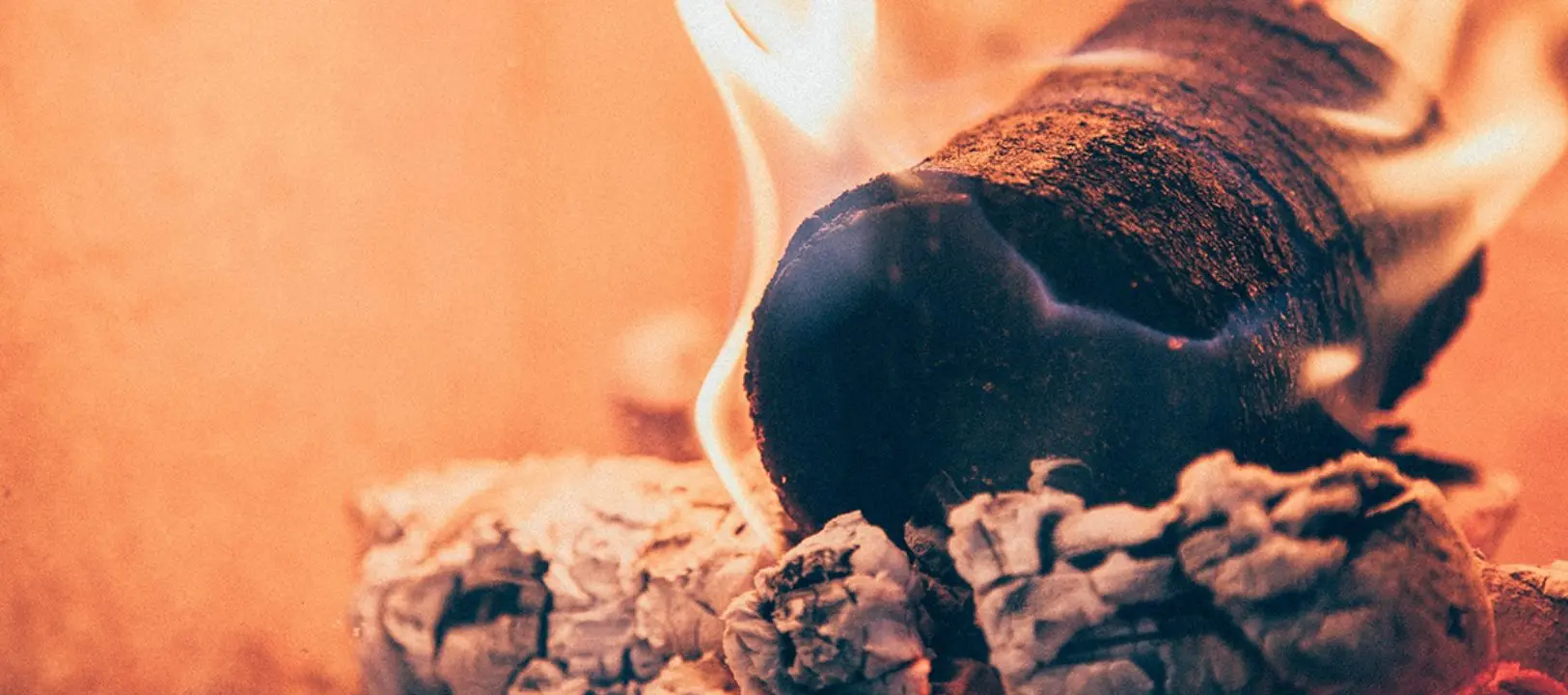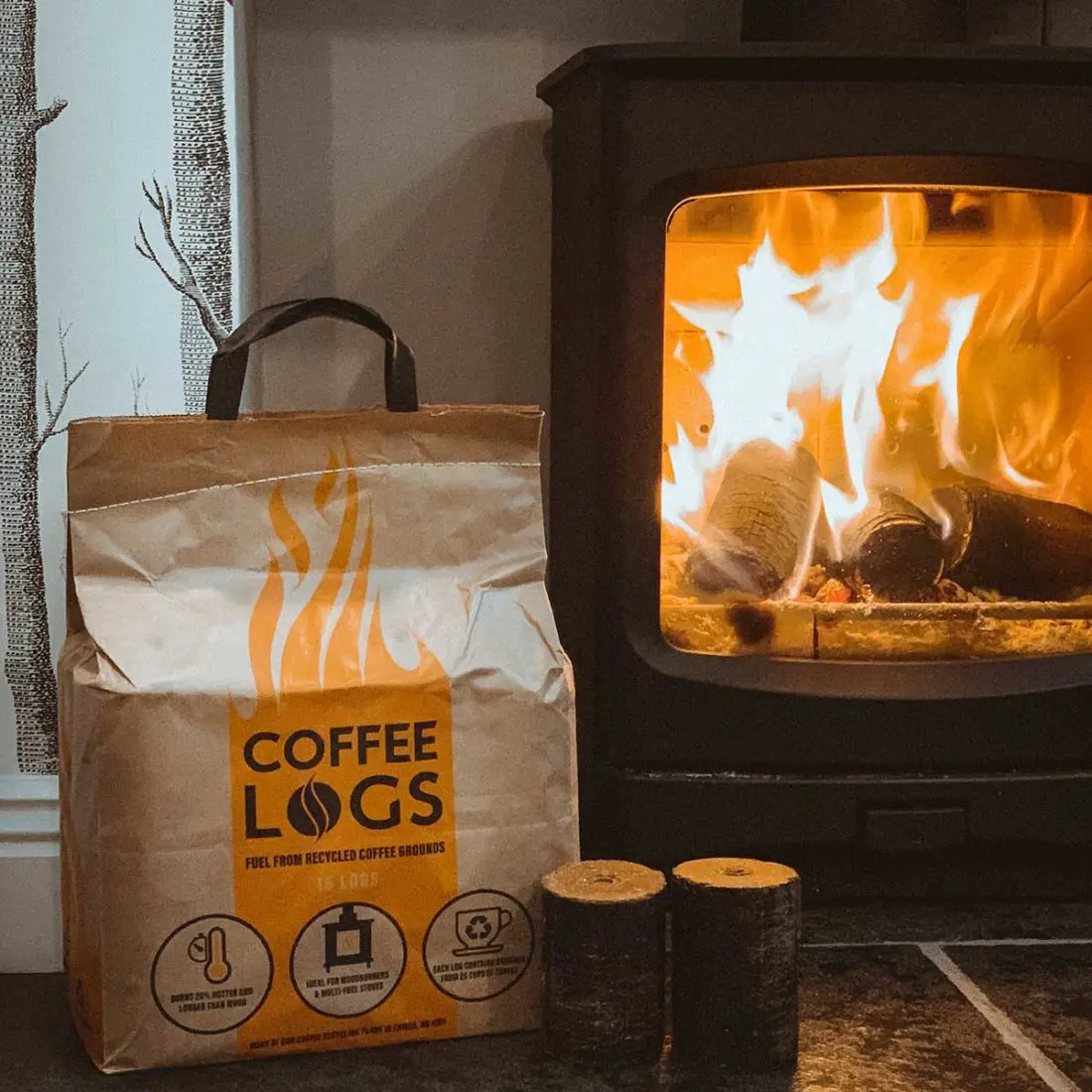What can you burn in a wood stove? Coffee Logs?
We often call them wood burners or log burners, however, log burners and multi-fuel stoves can be compatible with a wide variety of fuels, some of which are ingenious in their creation.
One such innovative idea we recently came across is Bio-Bean’s Coffee Logs. As a coffee lover who does enjoy an Americano (plain coffee) from Starbucks almost every day, much to my wife’s exasperation, the idea of using the waste coffee grounds stuck a chord with me.
Recycled from waste coffee grounds and made into small logs, this alternative is ideal for wood burning and multi-fuel stoves. Bio-Bean claims the coffee logs have a high net calorific value and low moisture content and state that the coffee logs (when burned) generate 80% fewer emissions than if the grounds had gone to the landfill.
We loved this idea, so we reached out for some samples to try them at home and in the showroom see how they compare with wood burning.
Bio-bean states the logs burn 20% hotter than kiln-dried wood and burn slower per kg than kiln-dried logs. We don’t doubt any scientific data; however, we thought it best to test the coffee logs in real-world conditions and rate the coffee logs qualitatively, giving you an idea of how we feel the coffee logs compare against kiln-dried or well-seasoned wood.
The overall experience of using these logs was fantastic. A natural coffee aroma to the logs, an odourless burn and no chance of splinters when handling. Top marks!
We found that they are quite long-lasting, however, we used six coffee logs in 3 hours to maintain the heat in the front of our showroom to a comparable heat produced with Ash or Birch logs. We felt that they are not quite as long-lasting as the kiln-dried logs we use, with one sizeable kiln-dried log lasting longer; however, the wood was more significant in mass than the two coffee logs.
The heat output is excellent, considering the size of the logs. We kept the front of our showroom nice and warm and found the stove was easily maintained at optimum temperature once the coffee logs were burning. We felt it was roughly the same temperature as when we burn kiln-dried wood (on the same air control settings).
We feel that they have excellent heat output, have good longevity and overall pleasant user experience. The monetary value of these we estimate to be somewhat higher per kg than wood; however, the real value of these logs is in the knowledge that their use is positively impacting the environment and for that, they work very well!
When the logs combust, they produce a flame that rivals that of fire created by good woodfuel. In comparison to wood, however, we can usually place a log on the glowing embers within the wood burner, and it will combust quite quickly, whereas with the coffee logs we found smouldered away unless you applied a flame to them.
In Conclusion
These Eco-friendly logs are a fantastic alternative to wood fuel, and continued growth of their use will only positively impact the environment. They meet high expectations and in certain areas are likely better than certain species of wood.
We found that burning the logs with wood worked well, so these can work great as an addition to wood fuel, as well as an alternative.
Wood from well-managed woodlands have benefits to the environment as do Coffee Logs; however, in the hunt for positive, high-impact alternatives, solutions like this might be the future of home heating.
Find out more
To find out more about Coffee logs and when to buy them you can visit www.bio-bean.com




